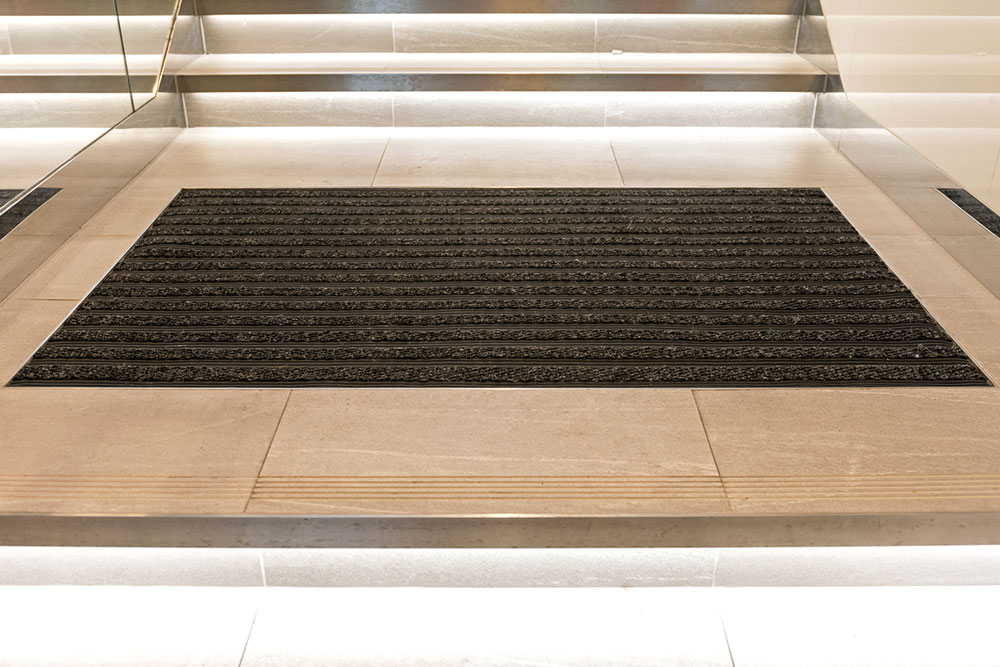8 things one should never clean with paper towels

Wiping surfaces and other items with paper towels is an easy way to clean them quickly. Once the towel has served its purpose, the individual can throw it away and use another. However, some surfaces and products should never be cleaned with paper towels. While one might get that region dry and sparkly clean, it could damage it in the long run. On that note, one should avoid cleaning these eight things with a paper towel.
Electronics
Several people use paper towels to clean electronics like televisions, laptops, and smartphones, especially the screens. But while it might not look like it, paper towels are abrasive in nature. So when an individual uses the towel, it could scratch the body of the device and even the screen. Instead, one should use a microfiber cloth dedicated to cleaning these surfaces.
Cutting boards
It’s easy to want to wipe a cutting board with a paper towel to soak meat juices because it’s convenient and quick. But one should know that the towel might not absorb the liquid as well as it should, causing one to use more, which results in a lot of wastage. A clean, damp cloth that is washable and reusable is better suited to clean cutting boards with such residue.
Dusty moldings
Cleaning the molding of a ceiling or top of the walls with a paper towel is not the best idea. Such disposable towels are usually brittle and may wither away when it brushes across the surface. One should use a wet microfiber cloth to clean moldings as these are sturdier and suitable for scrubbing tough dirt.
Textured surfaces
Textured surfaces like brick and grout are often difficult to clean because of their deeper grooves. So, if one cleans the surface with a paper towel, they are likely to get pieces of the disposable towel lodged in the textured region. An ideal alternative would be to use an old toothbrush to brush out stains.
Rugs
Trying to clean household rugs with a paper towel is a mistake that many people regret immediately. Residue from the paper towel might get lodged in the fibers of the rugs and make it much more tedious to remove. The ideal cleaning option is to use a dedicated cleaning solution, brush, or vacuum cleaner based on the mess that needs cleaning.
Glass windows
People sometimes use disposable towels to clean their glass windows at home. While this might look like it’s working, there are often specks of lint that get left behind, which is a little more difficult to clean. One of the best cleaning essentials for windows are microfiber cloths, coffee filters, or an old t-shirt.
Eyewear
Eyewear, like reading glasses, usually have a protective film to keep them safe and offer clearer vision. Since paper towels are abrasive, using them to lean such eyewear may result in scratches, consequently deteriorating clarity. One should stick to a dedicated liquid solution or microfiber cloth to clean eyewear.
Dishes
Paper towels are usually made with chlorine and formaldehyde, which are chemical byproducts that get left behind when rubbed on dishes and silverware. Using it to dry washed dishes like glasses and plates could leave residue on them that could be harmful to the body if ingested with food. Air-drying dishes are a much safer alternative to paper towels.





